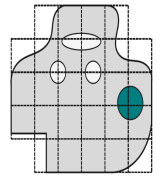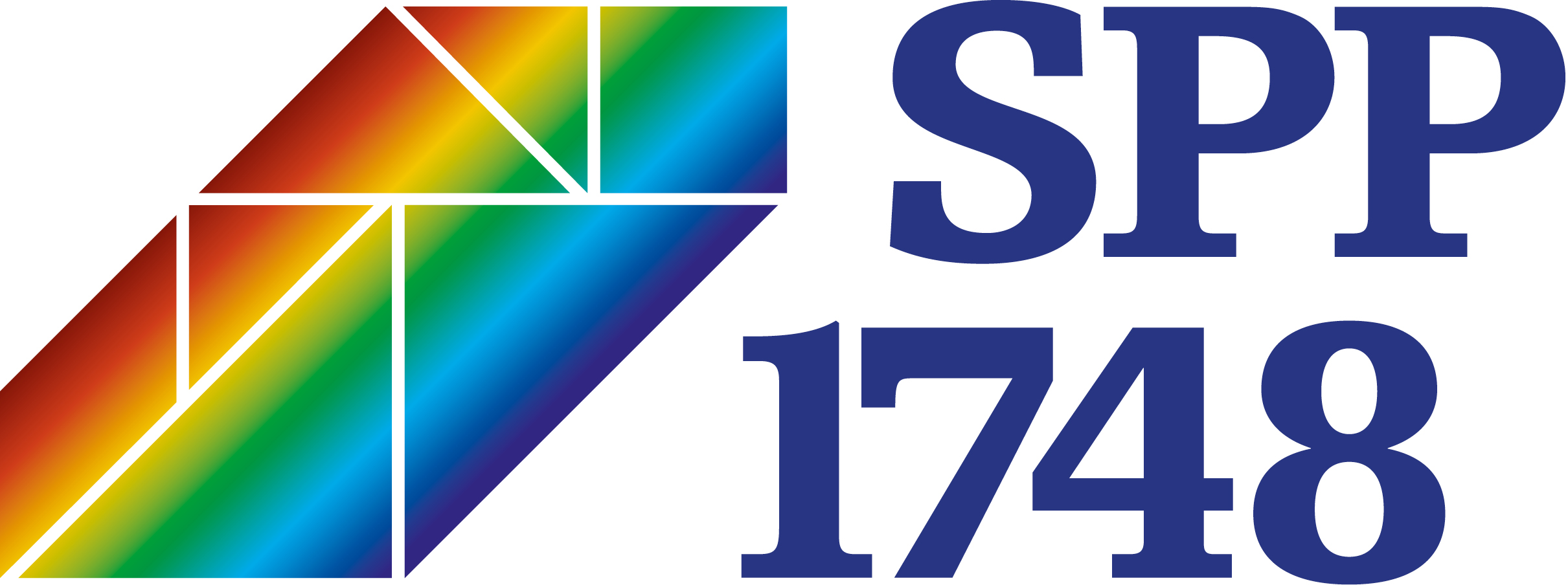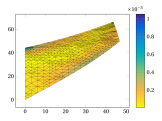Subproject

Abstract
The central research topic of our project is the Finite Cell Method, a high-order fictitious domain approach. We plan to further extend this method to nonlinear structural mechanics including multi-physics, multi-scale and evolving domain problems. As a demonstrator application for this method, we use product and process simulation for additive manufacturing. Most important in our project is the tight interaction between advanced mechanical modeling, research on efficient algorithms, and rigorous mathematical analysis, with the goal of developing predictive and quality assured simulation capabilities for a class of hard problems, where existing approaches are only of limited value. Whereas the first project phase focused on essential algorithmic questions like accurate and efficient integration of cut cells, local adaptivity for multi-physics problems, and first error estimations including a posteriori error analysis for linear problems, the second phase will focus on an extension to more complex nonlinear problems. We expect that the Finite Cell Method inherits well-known basic properties of the high-order p-FEM in the interior of domains. Yet, special emphasis has to be laid on a proper treatment of cut cells at the boundary of the embedded domain. Concerning nonlinear problems we will concentrate on nearly incompressible material including large deformations, elastoplasticity, and the treatment of history variables in the case of dynamically adapted hp-approximations. A focal point of our research on coupled problems with transient domains (a central aspect of additive manufacturing processes) will lie on the question of a proper energy conservative initialization of previously void parts. Additionally, we will extend the class of investigated shape functions to splines as they are very successfully used in Isogeometric Analysis. Thereby, we will be able to study the influence of inter-element continuity and differentiability properties on the approximation quality of coupled multi-physics problems. A further important focus is on the derivation of a posteriori error controls and the development of adaptive schemes for the Finite Cell Method and the classes of problems specified above, where particular attention is paid to cut cells and related quadratures. Last but not least, we will continue to actively participate in the definition and calculation of benchmark problems that are developed within the priority programme.



